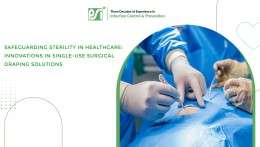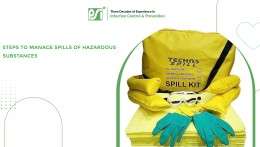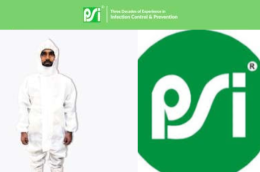One of the best Surgical Disposables company. I am dealing with them for the past 5 years,
their products are world-class. Their approach to trade is professional. All the best wishes to
them.
Selecting the Right PPE: A Step-by-Step Guide to Ensure Safety
- By: Plasti Surge Industries
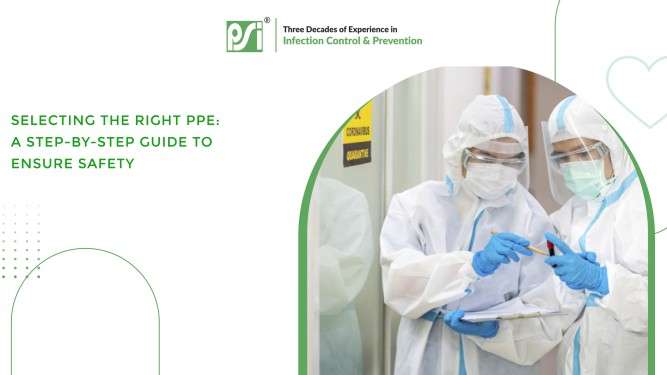
Personal Protective Equipment (PPE) stands as a cornerstone in ensuring occupational safety across diverse industries. Its paramount importance lies in safeguarding workers from potential hazards, ranging from chemical exposures to physical injuries. A comprehensive "Guide to Selecting the Right PPE" becomes indispensable, as it navigates the intricacies of choosing the most suitable protective gear for specific workplace conditions. This guide is instrumental in promoting a secure work environment, minimizing risks, and fostering a culture where the well-being of individuals takes precedence. Understanding and implementing the right PPE is not just a regulatory requirement but a commitment to the welfare of those contributing to various industries.
Identifying Potential Risks and Hazards: A Crucial Step in PPE Selection
- Conduct a thorough workplace risk assessment to pinpoint specific hazards.
- Categorize risks based on nature: biological, chemical, physical, or ergonomic.
- Consider industry-specific threats, such as infectious agents, toxic substances, or machinery-related risks.
- Evaluate the frequency and severity of potential exposures to determine necessary protection levels.
- Take into account environmental factors like temperature, noise, or visibility challenges.
- Ensure a comprehensive understanding of tasks and processes to identify nuanced risks.
- Collaborate with safety professionals to gain insights into industry-specific hazards.
- Regularly reassess and update risk evaluations to align with evolving work conditions.
- Prioritize proactive risk identification as a foundational step in PPE selection processes.
Determining the Level of Protection: Tailoring PPE to Job Demands

- Assess the severity of potential exposures to establish required protection levels.
- Match PPE specifications with identified hazards, considering factors like toxicity, concentration, or pathogenicity.
- Differentiate between basic protection needs and specialized requirements for unique workplace risks.
- Consider regulatory guidelines and industry standards to ensure compliance.
- Evaluate the appropriateness of PPE for specific tasks, emphasizing comfort and mobility without compromising safety.
- Prioritize respiratory, eye, and hand protection based on job-specific demands.
- Leverage risk assessments to guide decisions on the right combination of PPE elements.
- Regularly review and update protection protocols to align with evolving job responsibilities.
- Customizing PPE choices ensures optimal safety measures tailored to distinct workplace challenges.
Compliance with Safety Standards
|
ASPECT |
GUIDELINES |
|
Research Standards |
Familiarize with industry-specific safety standards and regulations. |
|
Compliance Check |
Ensure selected PPE items adhere to relevant regulatory requirements. |
|
Certification Verification |
Verify certifications like CE marking, ANSI, or NIOSH for compliance. |
|
Stay Informed |
Stay updated on any changes or revisions to safety standards affecting PPE selection. |
|
Regular Training |
Train personnel on industry-specific regulations to enhance awareness and compliance. |
|
Documentation |
Maintain records of compliance checks, certifications, and relevant safety documentation. |
|
Periodic Audits |
Conduct periodic audits to confirm ongoing compliance with industry safety standards. |
|
Engage Experts |
Consult with safety experts or regulatory professionals for guidance on adherence to standards. |
|
Adaptability |
Be prepared to adapt PPE selections promptly in response to any changes in safety regulations. |
|
Continuous Improvement |
Encourage a culture of continuous improvement regarding safety compliance and PPE usage. |
Choosing PPE that Complies with Industry Standards
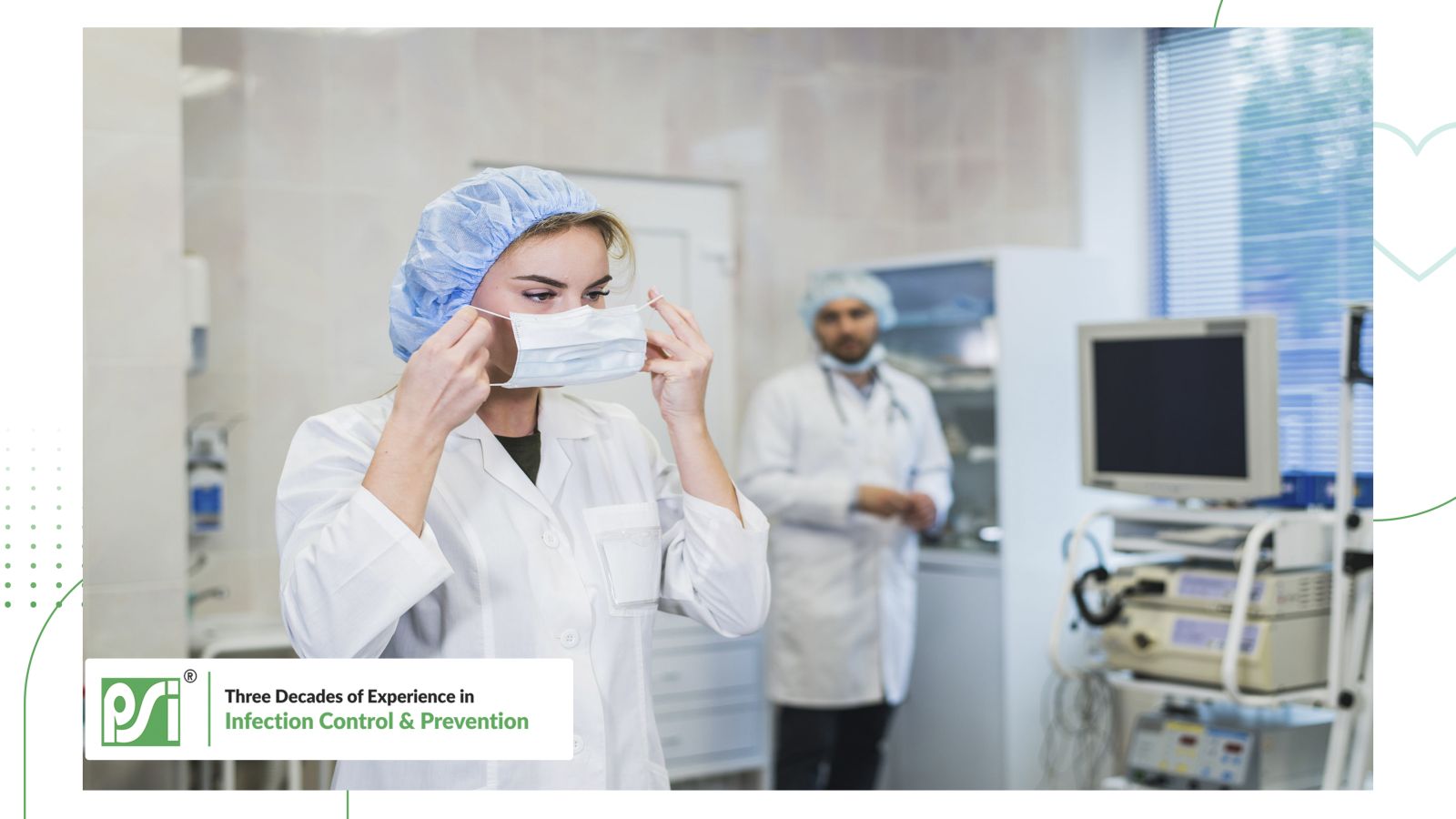 Ensuring the safety and well-being of workers is paramount. Selecting Personal Protective Equipment (PPE) that complies with industry safety standards and regulations is a fundamental step in creating a secure work environment. The following tabular guide outlines key aspects to consider in this process:
Ensuring the safety and well-being of workers is paramount. Selecting Personal Protective Equipment (PPE) that complies with industry safety standards and regulations is a fundamental step in creating a secure work environment. The following tabular guide outlines key aspects to consider in this process:
For reliable and compliant Personal Protective Equipment that prioritizes safety in your workplace, explore our extensive range at PSI Disposables. Your safety is our priority – Choose quality, choose PSI Disposables.
ORDER NOW
Guide to Selecting the Right PPE: Safeguarding Every Aspect
Ensuring workplace safety involves meticulous attention to detail, especially when selecting Personal Protective Equipment (PPE). Tailor your gear to the specific hazards your work environment presents. Here's a comprehensive guide to help you navigate the selection process:
Respiratory Protection
- Type of Hazard: Dust, fumes, gases, or biological contaminants.
- Recommended PPE: N95 respirators, dust masks, or gas masks.
Eye Protection
- Type of Hazard: Flying particles, chemicals, or intense light.
- Recommended PPE: Safety glasses, goggles, or face shields.
Head Protection
- Type of Hazard: Cuts, abrasions, chemicals, or biological agents.
- Recommended PPE: Gloves (leather, latex, nitrile), aprons, or full-body suits.
Hearing Protection
- Type of Hazard: Loud noises or machinery.
- Recommended PPE: Earplugs or earmuffs.
Foot Protection
- Type of Hazard: Heavy objects, sharp items, or electrical hazards.
- Recommended PPE: Steel-toe boots, safety shoes, or dielectric footwear.
Fall Protection
- Type of Hazard: Working at heights.
- Recommended PPE: Harnesses, lanyards, or lifelines.
Full Body Protection
- Type of Hazard: Chemical exposure, biohazards, or extreme conditions.
- Recommended PPE: Coveralls, chemical suits, or insulated clothing.
Remember, regular risk assessments are crucial for ongoing safety. Prioritize both comfort and compliance with industry standards when selecting your PPE. Stay safe!
Explore our complete range of PPE and elevate your workplace safety standards.
Consideration of Comfort and Fit
Comfort and fit are paramount when selecting Personal Protective Equipment (PPE). A comfortable and well-fitted gear enhances user compliance, ensuring it is worn consistently. Ill-fitting or uncomfortable PPE may discourage employees from using it properly, exposing them to potential hazards. To prioritize safety, invest in gear that aligns with ergonomic designs and individual preferences. Regularly assess the fit and comfort of PPE to accommodate any changes in the workforce or evolving safety needs. By prioritizing both safety and comfort, you create an environment where employees are more likely to adhere to proper PPE usage, fostering a culture of workplace safety.
Selecting Durable and Appropriate Materials
The selection of appropriate materials for Personal Protective Equipment (PPE) is vital, directly influencing the effectiveness of protective gear. PPE materials should align with the specific demands of the work environment. For instance, in industries where exposure to hazardous chemicals is prevalent, the PPE should be made of materials resistant to those substances. Similarly, considering factors like flame resistance, durability, and breathability is crucial. By tailoring material selection to the nature of the work environment, employers enhance both the comfort and protective capabilities of the PPE, ensuring that workers are adequately shielded from potential hazards while performing their duties. This strategic approach to material selection is an essential aspect of maintaining a safe and secure workplace.
Training on Proper Use and Maintenance
Comprehensive training is paramount in maximizing the effectiveness of Personal Protective Equipment (PPE). A thorough understanding of how to correctly use, maintain, and store PPE ensures that workers are not only equipped with the right gear but also know how to utilize it for optimal safety. Training programs should cover proper donning and doffing procedures, the importance of regular equipment checks, and appropriate storage practices. This knowledge empowers individuals to make the most of their PPE, fostering a culture of safety within the workplace. Regular refresher courses and ongoing education further contribute to a workforce that is well-versed in the correct usage and care of their protective gear.
Regular Inspection and Replacement
Establishing rigorous protocols for routine inspection of Personal Protective Equipment (PPE) is essential in maintaining workplace safety. Regular checks should be conducted to assess the condition of each piece of equipment, ensuring that it meets safety standards and remains effective. Guidelines for replacement must be clearly defined, taking into account factors such as wear and tear, expiration dates, and any damage that may compromise the integrity of the PPE. By instituting a systematic inspection and replacement process, organizations prioritize the ongoing safety of their workforce, guaranteeing that individuals are consistently equipped with reliable and effective protective gear.
Reviewing and Updating PPE Policies
Encouraging regular reviews of Personal Protective Equipment (PPE) policies is crucial for ensuring ongoing workplace safety. Industry standards and workplace conditions can evolve, necessitating updates to policies and procedures. Regular reviews enable organizations to stay current with the latest safety guidelines, technological advancements in PPE, and any changes in the nature of work environments. By prioritizing continuous improvement and adaptation, businesses can proactively enhance their PPE policies to align with the most current and effective safety measures, ultimately fostering a safer and healthier work environment.
Encouraging Employee Feedback
Emphasizing the role of employee feedback is pivotal in the continuous improvement of Personal Protective Equipment (PPE) selection and usage. Actively seeking input from employees who use PPE on a daily basis provides valuable insights into the practical aspects of its effectiveness and comfort. This feedback loop allows organizations to address any challenges faced by employees, identify areas for improvement, and refine their PPE programs accordingly. By fostering a culture that values employee input, businesses can enhance overall safety protocols, ensuring that the chosen PPE aligns with the needs and preferences of the workforce, and contributing to a safer and more collaborative work environment.
Creating a Culture of Safety
Fostering a workplace culture that prioritizes safety is imperative in the healthcare industry. It emphasizes the collective responsibility of both employers and employees to uphold stringent PPE protocols. Creating an environment where safety is paramount ensures that infection control measures, including the proper use of essential PPE, become ingrained in daily practices. Employers play a crucial role in providing necessary resources and training, while employees actively participate in adhering to guidelines. This collaborative effort establishes a culture where everyone understands and embraces their role in maintaining a safe and secure healthcare workplace.
Resources for Ongoing Support
For comprehensive support and guidance on PPE selection and workplace safety, numerous resources and organizations are available. These entities specialize in providing up-to-date information, training modules, and industry insights to ensure the effective implementation of infection control measures. Accessing these valuable resources becomes crucial for both employers and employees seeking the latest standards and best practices in PPE usage. Stay informed and empowered by engaging with these organizations, fostering a workplace culture committed to the importance of PPE and maintaining the highest standards of safety in various industries, especially in infection control contexts.
Conclusion: Ensuring a Safe and Protected Work Environment
Prioritizing a systematic approach to selecting the right PPE is paramount for ensuring optimal safety in diverse work environments. From understanding specific hazards to complying with industry standards, this guide has emphasized the crucial role of comprehensive PPE selection. By recognizing the importance of material choices, proper fit, and continuous training, workplaces can foster a culture that prioritizes safety. Regular reviews, employee feedback, and adherence to evolving standards further contribute to a robust safety framework. Visit PSI Disposables for a comprehensive range of high-quality PPE essentials, support your commitment to a safe and secure work environment.
One of the best companies to partner with. Very responsive and best product quality.
Good experience and corporation for many years. Timely services are provided.
We have been associated with PSI since more than 20 years now. They have superior products, prompt service & courteous people. Using PSI’s products in turn makes our customer happy and helps us to do more business. Overall truly delighted with their customer service.




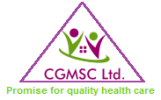
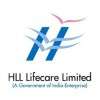




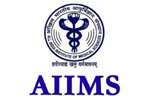

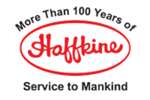

_iCEz.jpeg)
 +91-7798800781
+91-7798800781
